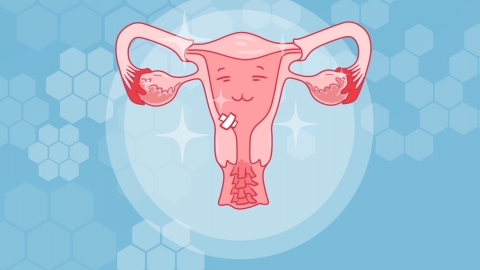Can uterine developmental abnormalities cause amenorrhea?
Whether uterine developmental abnormalities lead to amenorrhea usually depends on the specific circumstances. If the uterine malformation is severe, it may cause amenorrhea. If the uterine malformation is mild, it may not lead to amenorrhea. If experiencing any discomfort, timely medical consultation is recommended. Detailed analysis is as follows:

Uterine developmental abnormalities are congenital reproductive organ anomalies, generally including various types such as congenital absence of the uterus, infantile uterus, rudimentary uterus, unicornuate uterus, didelphic uterus,残角子宫 (hemihypoplastic uterus), and uterine septum. If the uterine malformation is severe, such as in a rudimentary uterus which may lack an endometrium, amenorrhea may occur. Additionally, if the uterine malformation causes abnormal uterine cavity conditions that affect ovarian function and subsequently lead to endocrine disorders, amenorrhea may also occur secondarily.
If the uterine malformation is mild, such as a uterine septum or unicornuate uterus, its impact on the menstrual cycle may be minimal, and the patient may maintain normal menstruation. These malformations may affect pregnancy and delivery but do not necessarily interfere with menstrual formation or discharge, thus not causing amenorrhea.
It is recommended in daily life to maintain good lifestyle habits, including regular sleep patterns, healthy diet, and moderate exercise, to support normal metabolism and hormonal balance.




